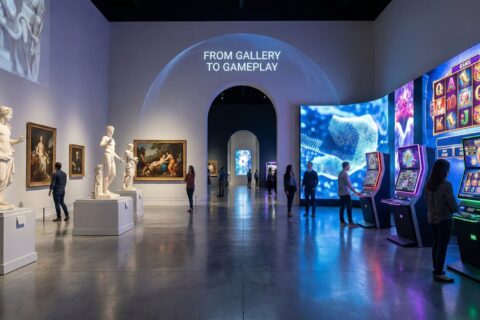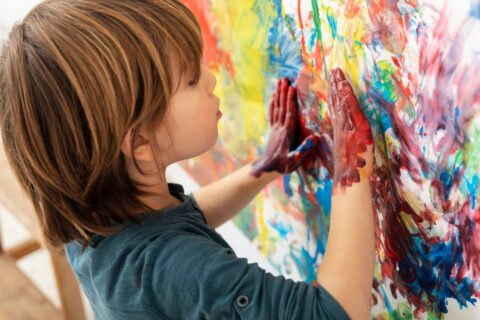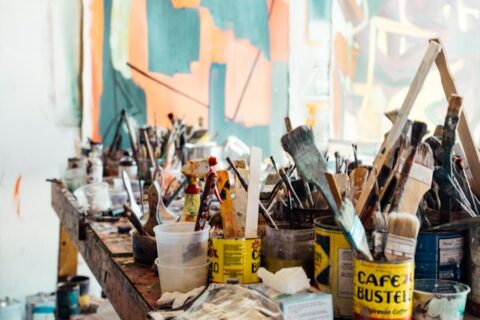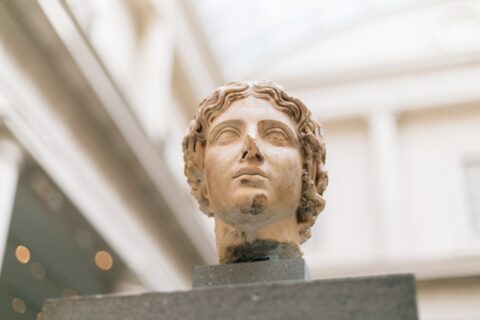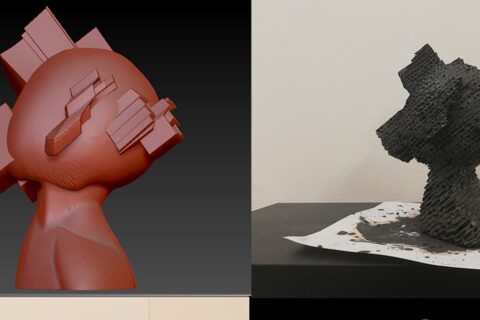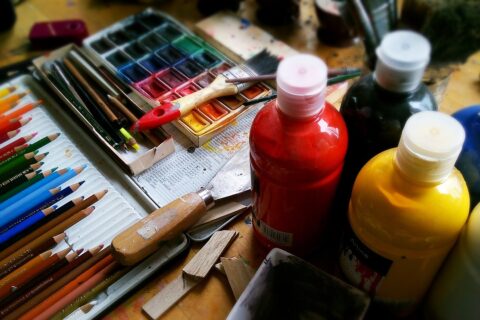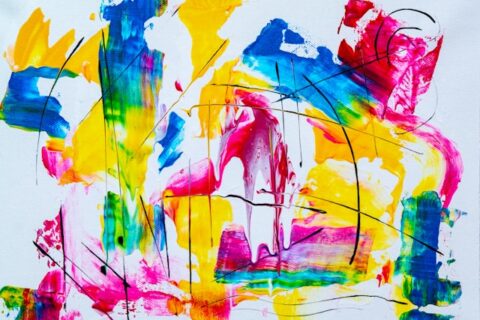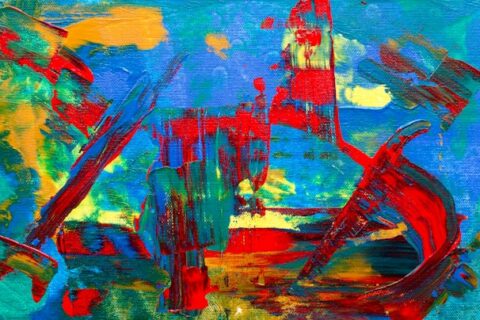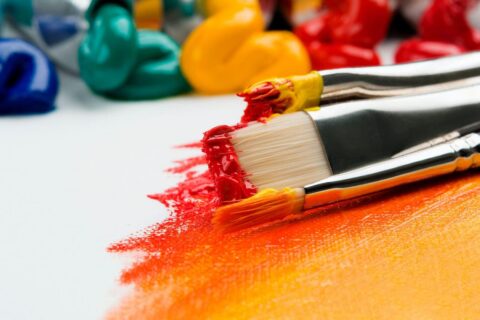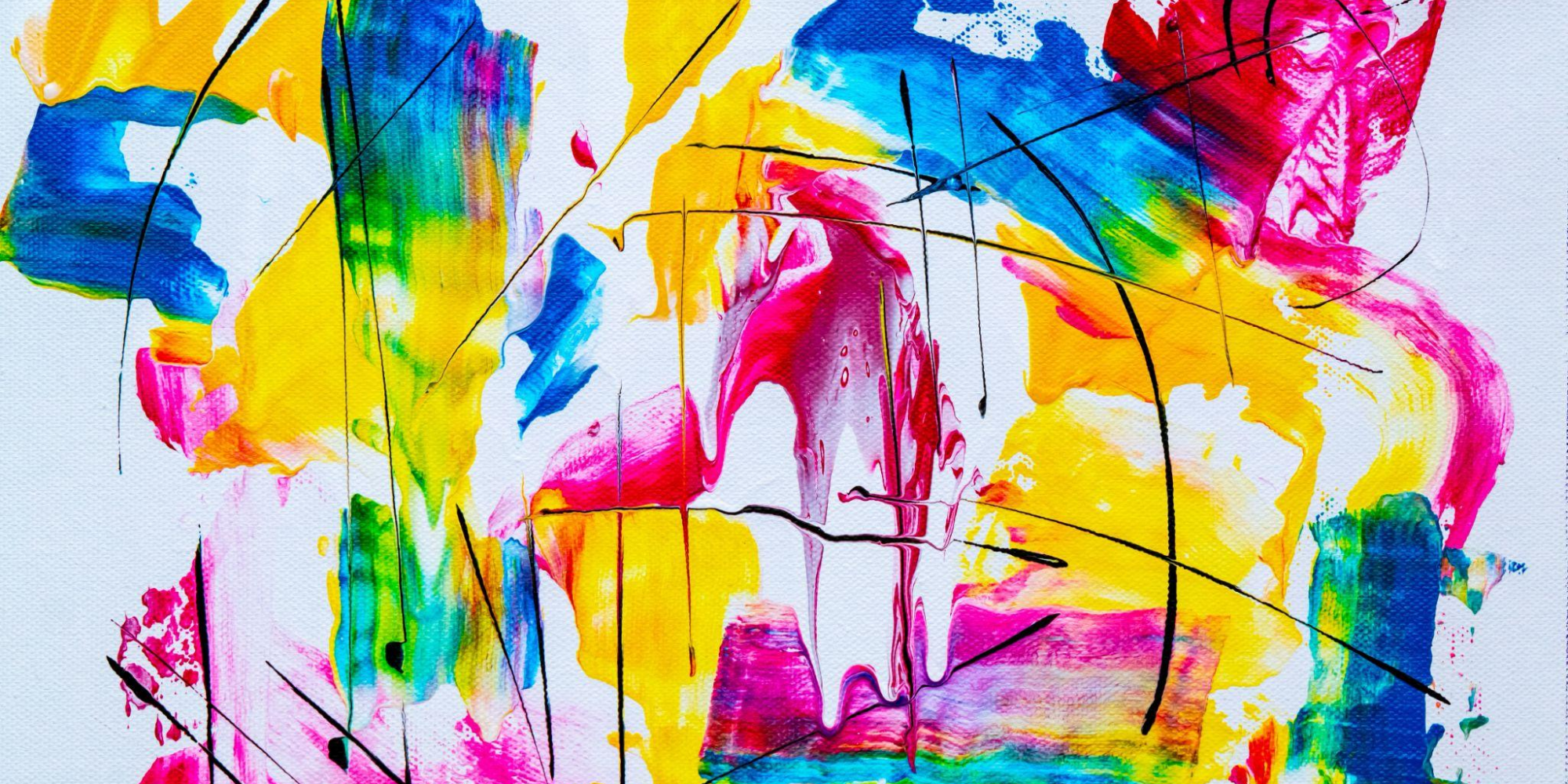
In the realm of artistic expression, digital technology has introduced a transformative element – digital art. This dynamic relationship between art and technology pays homage to the past while propelling us forward. This article explores how digital art reshapes traditions by challenging conventional norms and revitalising creativity, as well as the impacts on techniques, accessibility, authenticity, and the artist-audience relationship. The evolution of digital art encourages us to embrace innovation and reconsider artistic interpretation, ushering in a revolution that forges a new path for creative expression.
Evolution of Digital Art
This form of artistic expression harnesses the capabilities of computers and software to create visually stunning and conceptually intricate works that challenge the boundaries of traditional art forms. Let’s delve into the journey of digital art’s evolution and its profound impact on artistic traditions.
- Digital art’s emergence: Digital art emerged as technology advanced, gaining prominence in the latter half of the 20th century. Early experiments with computer-generated art paved the way for the sophisticated digital tools artists use today. Digital art encompasses a wide range of mediums, including digital painting, 3D modelling, animation, and interactive installations.
- Advantages over traditional mediums:One of the defining features of digital art is its flexibility. Artists can experiment with a vast array of virtual brushes, colours, and textures, replicating the physicality of traditional mediums while also transcending their limitations. The undo/redo functionality, non-destructive editing, and the use of layers enable artists to refine their work with precision and explore creative avenues without fear of irreversible mistakes.
- Blurring the boundaries: Digital art blurs the boundaries between different artistic forms. Paintings can be animated, sculptures can exist in virtual reality, and traditional images can be transformed into interactive experiences. This fusion of mediums not only expands the possibilities for artists but also challenges audiences to redefine their understanding of art.
- Global accessibility and sharing:The digital realm knows no physical borders. Digital artworks can be instantly shared with a global audience through online platforms and social media. This accessibility has democratised the art world, allowing emerging artists to showcase their work to a broader audience without the need for gallery representation.
Transforming Traditional Techniques
The emergence of digital art has not only introduced new possibilities but has also breathed fresh life into traditional artistic techniques. Digital tools have revolutionised how artists approach their craft, allowing them to replicate and reinterpret traditional mediums in a digital environment.
| Canvas Painting | Digital Painting |
| Artists can mimic the tactile experience of working with physical brushes and paints using stylus and tablet combinations. The digital canvas becomes a limitless space for experimentation, with brushes that replicate oil, watercolour, and other traditional textures. |
| Sculpture | 3D Modelling |
| Sculptors now harness software to create intricate 3D models. These digital sculptures can be virtually manipulated and viewed from all angles. Moreover, they can serve as blueprints for physical sculptures or be transformed into virtual installations. |
Flexibility and Experimentation
Digital art allows for unparalleled flexibility. The ability to instantly undo mistakes, manipulate layers, and apply a variety of effects empowers artists to experiment fearlessly. This flexibility encourages artistic exploration, enabling creators to take bold risks they might shy away from when working with traditional materials.
New Dimensions in Mixed Media
Digital art seamlessly incorporates elements from other mediums. Photographs can be blended with digital painting, creating surreal amalgamations. This blending of mediums enables artists to tell different stories with a single image.
Accessibility and Democratisation of Art
In the traditional art world, physical galleries and exhibitions often acted as gatekeepers, determining which artists and artworks gained visibility. However, the digital age has shattered these barriers, democratising the art landscape and making creativity accessible to a global audience like never before.
- Digital platforms and tools:The rise of digital art is closely intertwined with the proliferation of digital platforms and tools. With a computer and internet connection, artists can create, share, and sell their work without relying on traditional intermediaries.
- Global reach:The digital realm erases geographical limitations, allowing artists to connect with individuals from different cultures and backgrounds. This interconnectedness fosters cross-cultural dialogue and exposes audiences to a diverse range of artistic perspectives.
- The emergence of new voices: Digital art has empowered emerging and marginalised artists who might have faced barriers in the traditional art world. The online space provides a platform for these voices to be heard, challenging the status quo and enriching the artistic landscape with fresh narratives.
- Online sharing:Social media platforms and online galleries have become virtual canvases, enabling artists to share their creations instantaneously. This direct connection between artists and audiences fosters a more intimate and interactive experience, as viewers can engage in discussions, provide feedback, and even participate in the creative process.
Challenging Notions of Authenticity
The transition from traditional to digital art has ignited a discourse on authenticity and originality. As digital tools enable the replication and manipulation of artworks with unparalleled ease, questions arise about the uniqueness and value of digital creations.
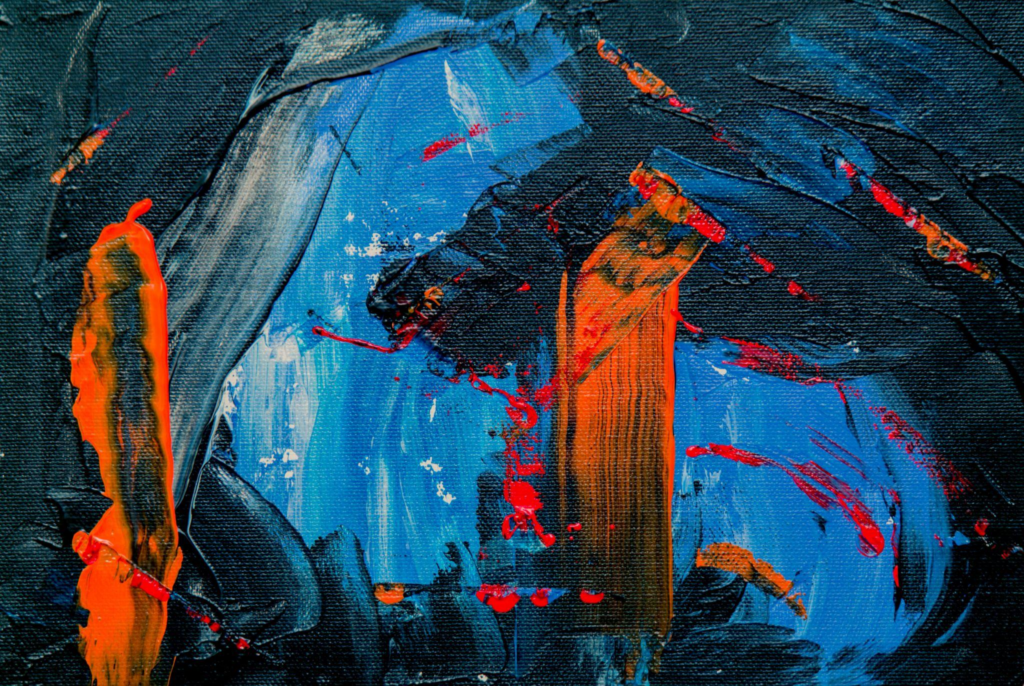
Authenticity in the Digital Realm
Traditional art often holds value due to its scarcity – a painting exists as a singular physical object. In the digital realm, the concept of authenticity shifts. Multiple identical copies can be created and distributed, challenging conventional ideas of what makes an artwork authentic.
NFTs and Ownership
Non-fungible tokens (NFTs) have emerged as a revolutionary solution to digital art ownership. NFTs are unique digital certificates of ownership that authenticate a specific digital artwork. While NFTs provide a way to establish ownership and scarcity in the digital domain, they also raise debates about the environmental impact and potential for speculation.
Reproducibility and Creativity
Some argue that digital art’s reproducibility limits its creative value. However, artists are embracing this aspect, using digital tools to explore new forms of creativity that go beyond the constraints of traditional mediums.
Blur Between Original and Copy
The digital realm blurs the distinction between an “original” and a “copy.” A digital file can be duplicated endlessly, raising questions about the significance of the first iteration and the subsequent duplicates.
Navigating the Digital Space
Beyond the realm of art, the digital landscape has also extended to unexpected corners, including online casinos. These platforms offer a unique fusion of digital artistry and entertainment.
Players exploring online casinos may encounter enticing offers such as 25 free spins on registration no deposit, promoted by casinos, where digital graphics and visual elements not only enhance the gaming environment but also create an immersive experience that resonates with the aesthetics of contemporary digital art. This interconnectedness fosters cross-cultural dialogue and exposes audiences to a diverse range of artistic perspectives, shaping not only art but also the broader digital sphere.
Conclusion
In the realm where technology and creativity converge, digital art stands as a revolutionary force, reshaping artistic traditions. The journey through this transformation reveals how digital tools reimagine traditional techniques, democratise art through global accessibility, and challenge the notion of authenticity.
As the digital canvas expands, it leaves an indelible mark even in unexpected corners, such as online casinos offering great bonuses. This shift isn’t a departure from tradition but a dynamic continuation that beckons us to embrace innovation while honouring the timeless essence of artistic expression. The evolving relationship between digital and traditional art encapsulates the boundless spirit of creativity.

